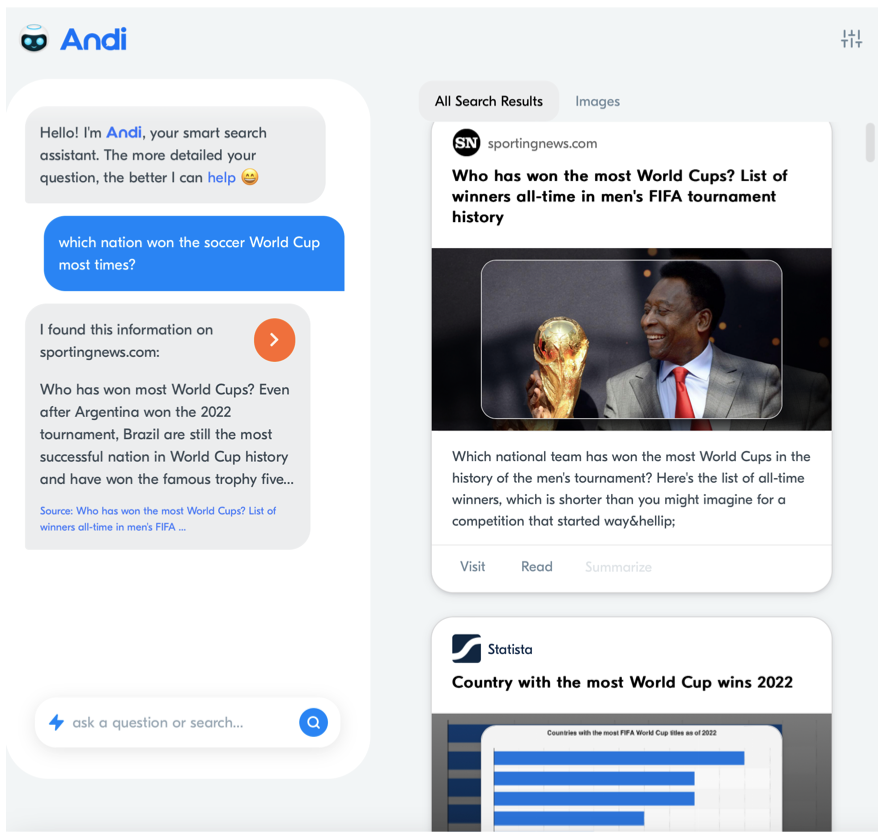Jargon buster at the bottom of post.
First came RPC to call a function across a network. But it was language specific and lacked standard facilities. So DCE was made to address common requirements, such as directory services, time, authentication and remote files. But it was not object oriented when Smalltalk, C++, Java et al arrived. So Microsoft devised DCOM to provide distributed services for Ms languages while others backed CORBA which provided cross platform and cross language services. Both required agreement for message formats ahead of time.
Enter Web Services, leveraging XML to serialise data, WSDL to describe services, UDDI to publish, find and bind to them, and SOAP to message remote objects. Great! We could now find, bind to and invoke services without prior design agreement. But, it was not very efficient and required a lot of plumbing on each end, and quite a bit of knowledge from developers.
So, Roy Fielding devised REST exploiting HTTP to provide a simple way of working with remote Resources. REST allows us to simply access remote servers and retrieve something GET, inform about something POST, store something PUT, update something PATCH or delete something DELETE. This is achieved by creating simple headers and a request line including the URL and parameters. Post also has a body.
REST is very light weight and does not need much infrastructure. Combining it with JSON made it very easy to use from within web pages and mobile applications and it quickly took off.
But there was a problem. Each REST request would get a specific thing from the server. If there is a rich database or knowledge graph on the server, we can create many REST APIs: At least one for each kind of domain object (e.g Customer, Product, Account, Invoice etc. ); Often more than one to cater for different application requirements (partial records, related records etc. ). Plus we will have different APIs to query, to store, to update etc. So, a server with a database managing a score of domain concepts could quickly require 100s of APIs. Ew, that’s a lot of development, testing, deployment, documentation, maintenance…
Facebook ran into this problem at scale. Their solution was a query language that would live in the server as a single entry point and receive a query request as a parameter. This is not dissimilar to the way a relational database receives dynamic SQL requests. Now the tailoring of a response can happen in the server (more efficient) and we have only one API endpoint to maintain. Voila. So that solved the problem for Facebook… Fortunately, they published it as GraphQL which allows writing query and update (mutate) statements and having these fulfilled by a suitable GraphQL processor / application / database on the server. Initially, these were discrete, but they are starting to be embedded in database systems, especially Graph Databases. One good example is DGraph.





